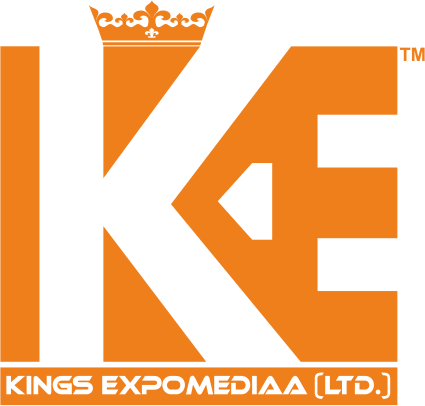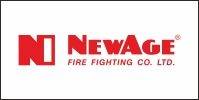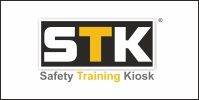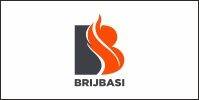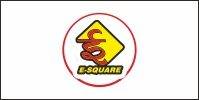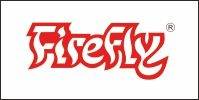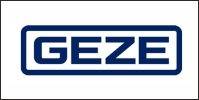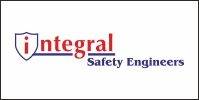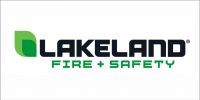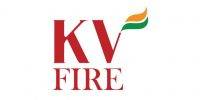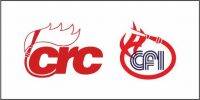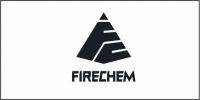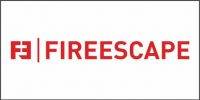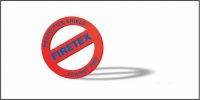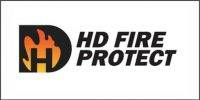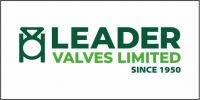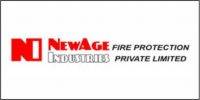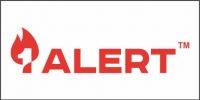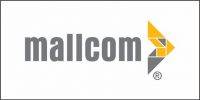 1. Disasters generally arise with little or no warning, causing or threatening death, injury or serious disruption to people & services which cannot be dealt with Fire Deptt, Police
1. Disasters generally arise with little or no warning, causing or threatening death, injury or serious disruption to people & services which cannot be dealt with Fire Deptt, Police
2. Deptt & Ambulance Services operating alone. The incident will require from the outset Special mobilization & co operation of various bodies & voluntary organizations. If the Incident has reached the magnitude of disaster, the other factor to be seen is the location of Incident & time that will be taken to rescue trapped & injured persons & restoration of normalcy. Whether it’s a Natural or Man made Disaster we are well aware of significance of Disaster Management Plan, Factors to be considered while formulating it & what all is to be Included in it. In view of the recent massive earthquake in Nepal which resulted in over 3000 casualities & clossal loss, it is imperative that all Organisations & Institutions prepare themselves & carryout periodic Evacuation Drills & Train their teams in Disaster Management & Rescue Operations by providing them with requisite knowledge, tools & equipment. Contention of reviewing this operation is to gear up local & state Administrations. !!!.
3. 2. With numerous discussions by Crisis Management Specialists the expertise arrived at is that during any Disaster that may be Fire, Explosion, Earthquake, Flood or Storm many buildings collapse so our rescue operations should be in such a way that it does not worsen the situation of persons trapped in the collapsed building. Whenever, building Collapse there are void spaces, if a person is trapped in these void spaces, there are chances of his Or her being alive. The suggested methodology to be adopted for rescue operations is given in succeeding paras as a guideline for which we should be prepared at all times.
4. 3. Search Procedure. For rescue, the first thing is to be search for live persons. This searching has to be done very carefully and discreetly with a well defined system.
5. .Analysis. The first thing is to collect the facts about the accident / disaster and analyse the situation. This is necessary to arrive at various decisions & avoid any further damage.
6. It has been observed that whenever there is a collapse of building, many people move towards the scene. There are certain miscreants who try to make a loot this will hinder the search operations. Hence it is necessary to make security arrangements around the site.
7. Inspect the collapsed structure carefully, make markings and draw a rough layout. this layout will help in deciding the rescue path, rescue area & method to be adopted for search operations.
* After drafting the search plan we can easily move to our task.
* Provide first aid to victims.
* With the help of tools & resources available try to find out if any more live victims are there.
1. Equipment.
* The personal protective equipment s ( PPEs ) like; Halmets, Masks,Gloves, SCBA Sets, Goggles, Protective Suits etc.
*. A complete medical aid kit.
* communication System.
* Warning System. * Personnel Supplies like food, drinking water etc, for atleast 12 hours. * Search & rescue tools. * If required hazardous material guide & hazardous gas detectors. 8. Void Spaces. These void spaces are formed by felling beams, pillars etc. Beams & Pillars generally donot crush as they have iron frame inside. They form bridge like structure on which the debris gets entangled & the space below is safe. This safe space is called void space. 9. Listening for help Calls. The search & rescue team members should reach the accessible points of the collapsed structure and should keep silence to listen for any call of help coming. If not, they should try to approach nearest safe locations and shout “ Any Body Inside “. Or Is there anybody who hears me “And wait & try to listen the response or voice coming 10. Searching Patterns. These can be categorized into two classes. Primary Search & Secondary Search. * Primary Search. This is also known as hasty search. As it is clear by name, the search operation is started instantly after the disaster. This search entails three main benefits. i.e; Immediate Detection of victims, assesment of the situation & Preparation of Planning & deciding priorities. * Secondary Search. This is also known as Grid / Extensive Search. After the Primary Search is over, the need is of well planned search in a methodical manner. In this search we pin point the trapped victims & try to rescue them, without creating any further damage. As this search is in a systematic manner, here we decide upon the alternative methods for further searches.. Methods applied for Searches. * Physical Search. This is carried out in random way. This does not require any expertise or any specific rescue tool.
* Canine Search. During search operations sometimes we cannot find easily whether a victim is there or not under the debris. For the puspose weu use specially trained dogs. These dogs have acute sense of smell. This method helps to detect even the victims who are trapped in inaccessible locations.
* Technical Search. In this search we use certain specialized equipments handled by well trained persons. These equipments can be catagorised into two. viz ; viz Visual search instruments like telescope, mirrors, video cameras Etc : electronic Listening devices like ; acoustic sensors, sound transmitters etc.
* Hailing Method Procedure. Search Team Leader directs his team to be silent all work to be stopped around the area. Four members of Search & rescue ( S & R ) Team take position in a cross pattern, positioned at interval of approximately 8 – 10 meters at safe location as close as possible around the search area. Going around clock – wise, each of these searcher calls out loudly or with a megaphone. Instead of hailing, searchers may also knock something solid ( Metallic ) that is contigious part of the site debris in order to elicit response. All searchers then listen & point in the direction of any potential response to the instructions. This must be noted on the site sketch or on personal notes, where each rescuer makes a rough sketch of the area and the direction of the source of sound.
* Physical Search Pattern. An organized search will yield the best opportunity to locate a victim & declare the area to be searched.
* Multiple Rooms. The basic instructions for searching multiple rooms is “ Go Right, Stay Right. After entering the structure, turn to the right, stay in Contact with the right wall, either visually or physically, until the entire accessible area has been searched & the team return to the starting point. If the search team needs to exit & cannot remember the direction they entered, simply turn around & stay in contact the same wall, either physically or visually, keeping it on your left.
* Large Open Area ( Life Search ). Use the line search method in Auditoriums, Cafetarias & Offices with multiple partitions. Speed Search Team Members move in a straight line across the open area, 3 – 4 meters apart. Slowly walk through the entire open area to the other side. Team members on the end of line search perimeter room rooms to use the “ Go right, stay right method. The procedure may be repeated in the opposite direction.
* Perimeter Search. This search pattern can be successful when it is unsafe to search a rubble pile from the top. Four search team members take position equidistant around the search area. After using an appropriate search method each searcher rotate 90 degrees clock wise. This process to be repeated until all searchers complete four rotations. ( Returning to their original positions.)
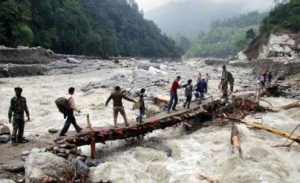 1. Search of Building on Fire. The leader shall ascertain from neighbors, if there is anyone still trapped in the burning building. In factories the HR Deptts have nominal rolls of the day & physical verifications from the safe assembly points. If possible rescue team should work in pairs. Start searching from the top of the building, so that the searcher may be nearer the fresh air at the end of search operation. Search swiftly but thoroughly. Donot avoid any possible hiding place.
1. Search of Building on Fire. The leader shall ascertain from neighbors, if there is anyone still trapped in the burning building. In factories the HR Deptts have nominal rolls of the day & physical verifications from the safe assembly points. If possible rescue team should work in pairs. Start searching from the top of the building, so that the searcher may be nearer the fresh air at the end of search operation. Search swiftly but thoroughly. Donot avoid any possible hiding place.
2. Search of Smoke Filled Room. Never open the door of the smoke filled room suddenly. The heated gas & smoke inside may overwhelm the personnel. Open the door slowly with yourself in a crouching position, this will allow the hot gases & smoke to pass over your head. In case the door of the room opens outwards, place one foot against the bottom of the door & open gently. This will protect you from injury from sudden outward swing of the door as a result of considerable pressure on it due to the expansion of the heated gases inside the room. Enter the room in a crawling position as there is less smoke & less hot air near the floor. Keep a piece of cloth with rescue team. Always move in a crawling posture while inside the room. Keep yourself near the wall while moving. Make a complete circuit in the room. Find under & on the beds. Open and find inside cupboards, wardrobes, other likely places of hiding. Cross the room diagonally to make sure that no one is lying in the middle.
3. Victim Managemment. Continue search till the last victim is rescued.
4. Precautions During Search. Keep your comments on positive note. Always assume someone is listening to you. The victim is in the worst possible position & fighting to stay alive. You can enhance his chances of survival by being positive about the possibility of finding & saving him. You may be first person the victim is able to communicate with ; therefore it is important to project a sense of confidence & hope.
5. Steps for Initial Contact with a located Victim. Identify & overcome language barriers. Identify yourself as a rescuer, projecting confidence & be calm in your voice & choice of words.
16 Information to be sought from Victim. Name, Adult / Child, Type / Extent of Injury, Hydration Status, Warmth, Provide Emergency Treatment as quickly as possible, ask about other potential victims & their condition. Inform victim about rescue operations. Provide protection from environment
17Conclusion. All possible ingredients & requisites of Search & Rescue Operations & its Guidelines have been discussed which may be of use to meet the various situations & may be modified to best suit a particular situation. There is no end to the preparations for Crisis Management. More we share, more ideas are produced. And the ideas produce more ideas. It is basically for disasters of higher gravity like Earthquakes, Building Collapse, Explosions due to Chemical Reactions & Other Natural & Man Made Calamities for preparedness of Rescue Operations for immediate reaction. Gear Up the Central & Local Admin with Trained Teams & Equipment & general awareness of people !!!


